Publication details
Year: 2013
Pages: 3625-3649
Series: Synthese
Full citation:
, "Decoherence and the Copenhagen cut", Synthese 190 (16), 2013, pp. 3625-3649.
Abstract
While it is widely agreed that decoherence will not solve the measurement problem, decoherence has been used to explain the “emergence of classicality” and to eliminate the need for a Copenhagen edict that some systems simply have to be treated as classical via a quantum-classical “cut”. I argue that decoherence still relies on such a cut. Decoherence accounts derive classicality only in virtue of their incompleteness, by omission of part of the entangled system of which the classical-appearing subsystem is a part. I argue that this omission is only justified by implicit classical assumptions that objectify a subsystem and are employed via either a traditional Copenhagen cut or a functionally equivalent imposition of separability on a system in a non-separable state. I argue that decoherence cannot derive classicality without assuming it in some other form, and I provide an analysis of when it is appropriate to make these otherwise implicit classical assumptions by adopting a minimalistic Copenhagen-style approach to measurement. Finally, I argue that, ironically, the conditions for making these assumptions may be better satisfied in standard measurement situations than in cases of environmental monitoring.
Publication details
Year: 2013
Pages: 3625-3649
Series: Synthese
Full citation:
, "Decoherence and the Copenhagen cut", Synthese 190 (16), 2013, pp. 3625-3649.



